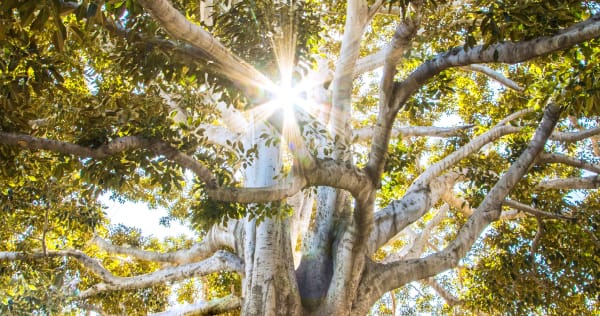What would you say was at the very heart of Jesus’ teaching? The “Golden Rule”? Love for one’s neighbor? And what would you say was at the heart of His call to discipleship? Faith? Obedience?
We’re about to immerse ourselves in the core message of the Lord—a message that was as much about a Kingdom and a New Age as anything else. What He expected from His followers was as radical a call as you could imagine. And He’s going to make most of His perspective known through parables—what one person calls “stories wrapped around sticks of dynamite.”
So, let’s get started!
If this is your first course in the Bible Journey curriculum, you must first visit the Journey Prep page to understand the background, history, and terminology we will use in the courses.
Materials
Workbook Journal-
This class was great. Loved the lectures and the assignments.
-
An excellent course!








